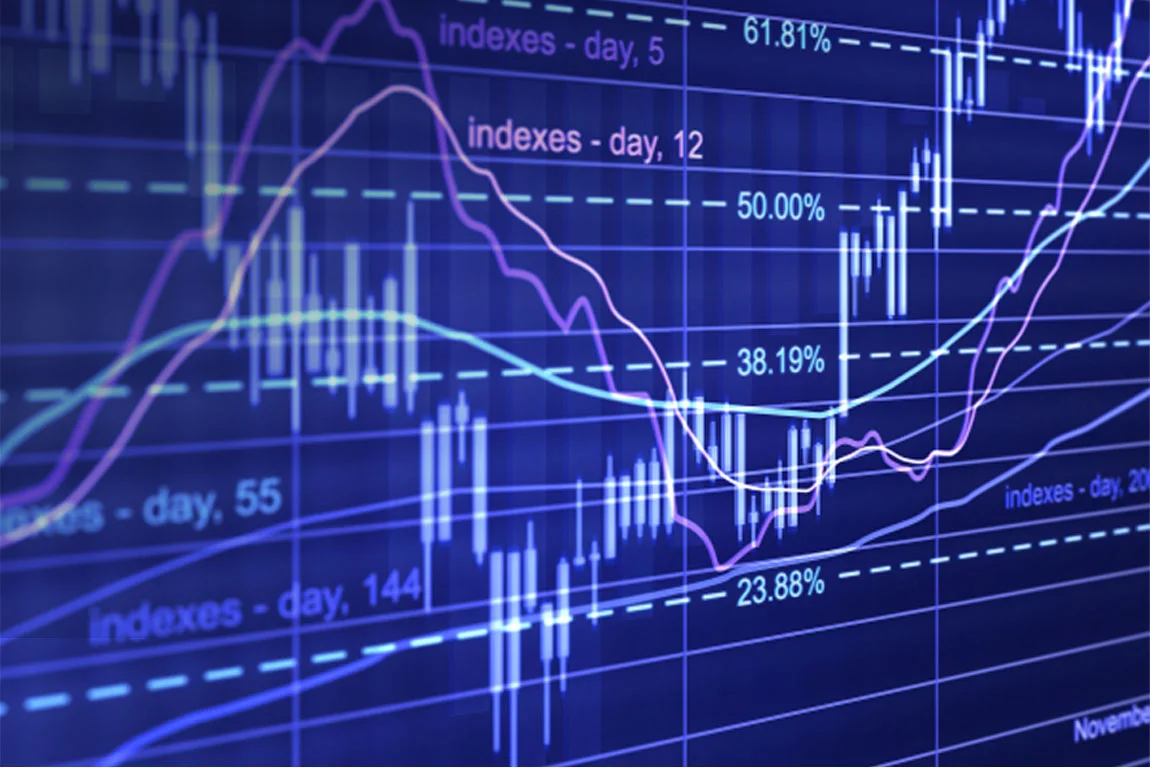Market Investments
Though commercial real estate is the concentration of the overall investment portfolio, LIBERTAE VITAE believes in diversification of assets as would any wise manager. Some of this capital management is manifested in more traditional standard market investments such as stocks, mutual funds, and ETFs, while a portion is allotted for derivative market options such as currencies, options, and futures.
“They say there are two sides to everything. But there is only one side to the stock market; and it is not the bull side or the bear side, but the right side.”
“The key to winning in the markets is internal, not external. Discipline, emotional control, patience, and mental attitude toward losing.”
What is a stock?
A type of security that signifies ownership in a corporation and represents a claim on part of the corporation's assets and earnings. There are two main types of stock: common and preferred. Common stock usually entitles the owner to vote at shareholders' meetings and to receive dividends. Preferred stock generally does have voting rights, but has a higher claim on assets and earnings than the common shares. Owners of such preferred stock receive dividends before common shareholders and have priority of claims should the company go bankrupt and is liquidated. (Investopedia)
Traditional investments: With stocks and ETFs, asset class diversification is critical, distributing appropriate amounts of capital across various lines such a blue-chip companies, growth, growth and income, large cap, small cap, and emerging markets. Finding an adept manager with a solid track record is essential to achieving above market returns, preferably that beat the S&P consistently (or at least match it), while not losing gains and diminishing returns with excessive management fees.
“Success means accomplishments as the result of our own efforts and abilities. Proper preparation is the key to our success. Our acts can be no wiser than our thoughts. Our thinking can be no wiser than our understanding. ”
What is a derivative?
A security whose price is dependent upon or derived from one or more underlying assets. The derivative itself is merely a contract between two or more parties based upon the asset(s). Its value is determined by fluctuations in the underlying asset, such as stocks, bonds, commodities, currencies, rates, and indexes (Investopedia). Most derivatives are characterized by high leverage, which in turn, amplify positive and negative returns.
Non-traditional trading: Though diversification in derivatives is key, leverage is fundamental in obtaining large returns. Leverage is part of derivatives trading, as one can trade more in essence than they have in their account. This allows a trader to earn more faster with bigger returns, but also one can lose more if they don’t have a proper strategy in place. Also, unlike stocks and ETFs, trading is not about holding for periods of over 9 months to a year in hopes that the stock price will rise, but rather trading short-term in the direction of the trend of a set time frame with price as the only thing that matters at the end of the day. This could be in an up or down market, and bear markets can often move faster than bull markets. The best avenue for such a philosophy and high returns ( > 20%) is to utilize a CTA, or Commodity Trading Advisor, and who is also a member in good standing of the Commodity Futures Trading Commission and of the National Futures Association. Memberships at both the Chicago Board of Trade and the Chicago Mercantile Exchange would be necessary. Other important designations would be CFA, Chartered Financial Analyst, and CMT, Chartered Market Technician.
In currencies, picking pairs that are opposite in nature such as the Euro / Dollar and Aussie / Dollar keep trades hedged against one another. The currency markets are the largest and most actively traded financial markets in the world with a daily trading volume of more than $5.3 trillion (Bloomberg.com). The majority of this trading is concentrated in the world's major financial centers such as London, New York and Tokyo. Each transaction in the currency market involves two different trades: the sale of one currency and the purchase of another. The two currencies involved in the trade are known as a pair.
In futures, it is essential to trade a variety of commodities such as oil, corn, wheat, gold, soybeans, cotton, sugar, coffee, etc. In options, puts and calls on appropriate stocks, as well as more advanced options plays like condors, can be used in less volatile markets. All of this is best done with a trend-following philosophy and a mechanical system, which is by default non-discretionary. Such a mechanical, price-driven system rules out the trader’s key enemies: fear and greed.
“The elements of good trading are: (1) cutting losses, (2) cutting losses, and (3) cutting losses. If you can follow these three rules, you may have a chance.”
“Trend followers generate phenomenal returns because their decisions are ultimately based on one piece of core information: price.
But investors often make the critical mistake of assuming that good outcomes are the result of a good process and that bad outcomes imply a bad process.”
“It is not so much greed made blind by eagerness as it is hope bandaged by the unwillingness to do any thinking.
Knowledge is power and power need not fear lies - not even when the tape prints them.”
“The market is like a beautiful woman - always fascinating, always mystifying.”




